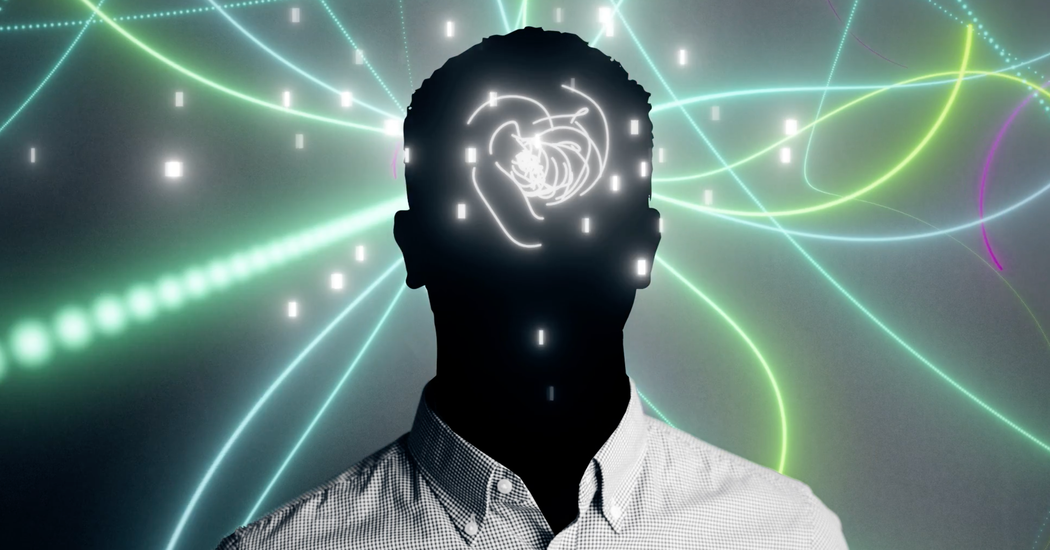To explore the subjects’ explicit beliefs, the researchers had them fill out a survey in which they rated their feelings about ideas considered “new,” “inventive,” and “original.” The subjects expressed positive associations with these words.
To find out the subjects’ more hidden feelings, the researchers used a clever computer program known as an Implicit Association Test. It works by measuring a subject’s reaction time to pairs of ideas presented on a screen.
For example, subjects were given the survey words that suggested creativity, and their opposites (“practical,” “useful”), in addition to words with positive associations (“sunshine,” “laughter,” “heaven,” “peace.””) and negative associations (“poison”, “pain”, “hell”, “vomit”).
This time, the researchers found a significant difference in the results: Both groups expressed positive associations with words such as “practical” and “useful,” but the group prepared to feel insecure (because members weren’t sure whether to receive a bonus would get) showed more negative associations with words suggesting creativity.
The reasons for this implicit bias against creativity can be traced to the fundamentally disruptive nature of new and original creations. Creativity means change, without the certainty of desired results.
“We are implicitly convinced that the status quo is safe,” said Jennifer Mueller, a professor of management at the University of San Diego and lead author of the 2012 paper on bias against creativity. dr. Mueller, an expert in creativity science, said paper was created in part by looking at how business executives claimed to want creativity and then reflexively rejected new ideas.
“Leaders will say, ‘We are innovative,’ and employees will say, ‘Here’s an idea,’ and the idea makes no sense,” said Dr. Mueller. “Then employees get angry.”

